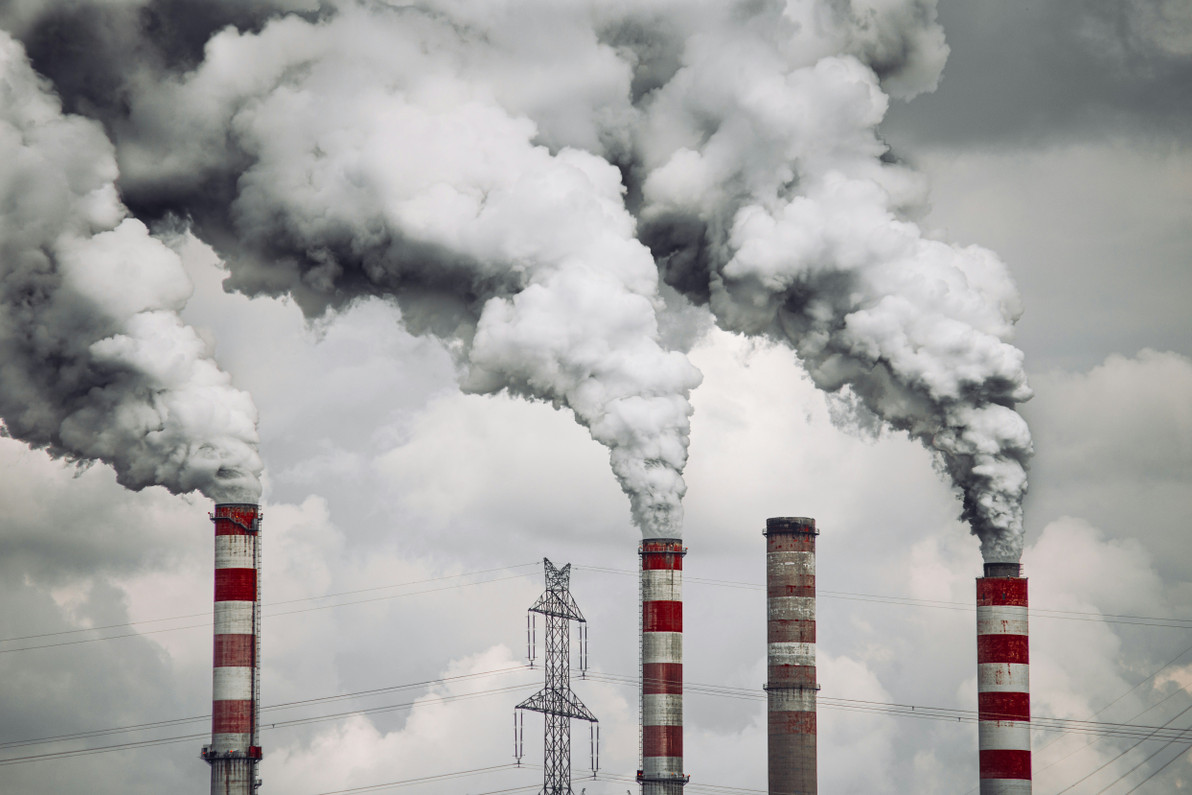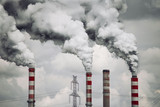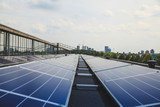Air Quality Conundrum in Delhi and the Challenges of Environmental Science
The headline of a story published on CBS news on November 14th of this year read that residents of the metropolitan city of Delhi are currently experiencing the worst air quality of any city in the world. Satellite images of northern India have captured the smog that blankets Delhi during the winter months, which appears as a massive cloud of grey smoke covering the Indo-Gangetic plains. A video released in 2019 of a massive pile up of cars on the Yamuna Expressway in Noida, a city close to Delhi, captures in vivid detail the thickness of the smog. The video shows drivers crowded on the side of the highway observing the wreckage as a thick cloud of grey smog envelops them. The drivers make an attempt to signal to oncoming cars to brake before they crash head-on into the mounting pile of debris. The smoke, however, is too thick for the people to be able to notice the obstruction in time to stop, and the video shows a van of four people colliding into the pile at high speed.
Roughly 32 million people currently live in the New Capital Territory of Delhi, which covers approximately 1500 square kilometers. The air quality regularly exceeds what is considered hazardous on the Air Quality Index (AQI) scale, which is any number above 300. From late October through February, air quality monitoring technology will often report AQI values above 500. On the nights of Diwali (the Hindu festival of lights), the explosions of firecrackers fill the air with fumes and heavy metals, sending air quality readings above 1000 in certain hotspots for a few hours at a time. AQI readings of that magnitude are considered to be a public health emergency.
There are a multitude of factors contributing to the dangerously-polluted air in Delhi, such as transportation emissions, industrial activity, open waste burning, dust from roads and construction activity, and emissions from space-heaters as well as from the burning of coal, wood, and animal waste to heat homes. These factors are the most significant reasons for Delhi’s air pollution crisis, but the most widely-publicized is the burning of rice that occurs in the northern states of Punjab and Haryana. The smoke produced from the burning of crop stubble in northern India is directed towards Delhi by cold Himalayan mountain winds blowing from the northwest. An article published to the Washington Post on November 22 covers how rice farming in Punjab and Haryana has worsened the air pollution in Delhi substantially. This is curious considering that the greatest contributing factor to Delhi’s air pollution crisis is the transportation sector, which comprises 13 million registered vehicles and accounts for between 10 to 30 percent of total particulate matter emissions produced within the city.
Greater levels of air pollution are causing a greater frequency of air pollution-related illnesses. A 2023 article published to the Indian Express discusses the upsurge in respiratory diseases that has been recorded at hospitals in recent years. In 2005, 2,769 institutional deaths were attributed to air pollution, and in 2023, that number rose to 8,801. Doctors are attributing the surge in respiratory health diseases to worsening air quality. A surgeon from the non-profit Lung Care Foundation in Delhi publicly claimed during a video interview that he rarely still sees a "normal pink lung" during surgery.
Several strategies have been attempted to mitigate the air pollution crisis such as the implementation of an odd-even rationing scheme, which was enacted by the Aam Aadmi Party (AAP) government in 2016. The mandate states that registered vehicles with a license plate number ending in an odd number are allowed to drive on odd-numbered days, and vehicles with a license plate number ending in an even number are allowed to drive on even-numbered days. Slicing the number of cars driving on the road in half sounds effective in theory, but to understand why this didn’t work, one need look no further than the list of exceptions to this rule. Vehicles carrying children, carrying a person with disabilities, driven by a woman, or any emergency, electric, or two wheeled vehicle would be exempted from this rule. Studies indicate that approximately 65% of the 7 million vehicles that drive on the roads of Delhi at any one time are two wheelers.
The most effective pollution mitigation thus far in Delhi was not the efforts of a government or environmental organization, but instead the COVID-19 lockdowns. A 25 to 45 percent drop in levels of particulate matter occurred from March to August of 2020, which is when lockdowns were most strict. After vehicular travel on the streets of the city ceased, the results were a clear sky and a spectacular view of the Himalayan mountains, which could be seen from up to 200 km away. The halting of activity within the city and the subsequent drop in pollution levels are an indication that more comprehensive strategies must be implemented to bring the city’s air pollution back to healthy levels.
The air pollution problem in Delhi is complex. Attempting to solve it will require a concerted focus on some of the most important principles of environmental science, which are systems thinking and stakeholder collaboration.
If an approach that only moderately addresses one aspect of a multifaceted issue is implemented with the hope that it will solve the crisis, there will be no success. Stakeholders such as public health professionals, city planners, government officials, environmental scientists, meteorologists, etc. must collaborate if solutions are to be preventative and not simply a temporary mitigation. Shifting to electric vehicles; powering the city with clean forms of energy such as renewables and nuclear; the enactment of economic policies aimed at addressing wealth disparity; the improvement of health care systems; the implementation of effective waste management systems; investing in new innovative technology that could help to clear crop stubble quicker and with fewer emissions than burning; and other efforts are all solutions that tackle the root causes of the air pollution. It is more worthwhile to organize collaborative multi-stakeholder efforts rather than trying to use a metaphorical bandaid to seal up a deep wound.
Solving an environmental problem using a systems approach is incredibly difficult to do. There are a total of 24 districts in the New Capital Region of Delhi, with each district composed of subdivisions, and there are local, state, and national governments that oversee specific regions of Delhi, but air pollution is an issue that spreads across all these man-made boundaries. For multiple stakeholders to agree on a solution that won’t cause economic hardship for the people of Delhi, that will be supported by Delhi’s residents, that will address the root cause while not creating other problems, and that will be sustainable for a long period of time, is an immensely challenging but important endeavor. Environmental scientists not only study the environment and how it works, but also examine environmental issues while considering the perspectives of everyone who is affected. The goal is to zoom out and examine the entire system as opposed to hyper fixating on one goal. It would not be smart to convert an entire energy grid to solar for the sake of reducing emissions if the price of energy were to skyrocket to unpayable levels for rural residents of a community and if the sun were to be blocked out by air pollution or cloud cover for the majority of the day.
There will not be a one-size-fits-all approach to this issue. A solution that may work in one context may be totally ineffective in another. This is another conundrum that environmental scientists face; how can we develop solutions on a case-by-case basis while still addressing the core issue? This, along with the other challenges mentioned earlier in this article, is precisely why environmental science is difficult but necessary work.
It is somewhat unclear what the best approaches to addressing the air pollution crisis in Delhi will be, but it is certain that it will involve focused collaboration among various stakeholders and address core issues in a case-by-case manner that critically examines the multifacetedness of the issue. There is work to be done, but it is worthwhile for the purpose of improving the health of those who live in Delhi and the health of the Earth.
Recent Posts
-
Air Quality Conundrum in Delhi and the Challenges of Environmental Science
The headline of a story published on CBS news on November 14th of this year read that residents of t …Dec 3rd 2024 -
The Importance of Environmental Engineering
In 1854, John Snow (no, not the Game of Thrones character), a physician investigating cholera outbre …Nov 26th 2024 -
A Sustainable and Ethical Thanksgiving
The story of the first Thanksgiving is commonly portrayed as a time when friendly Indians greeted th …Nov 25th 2024




